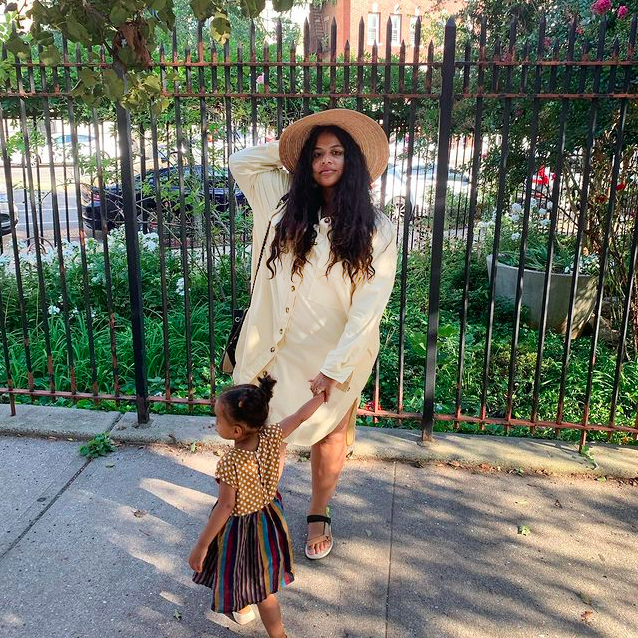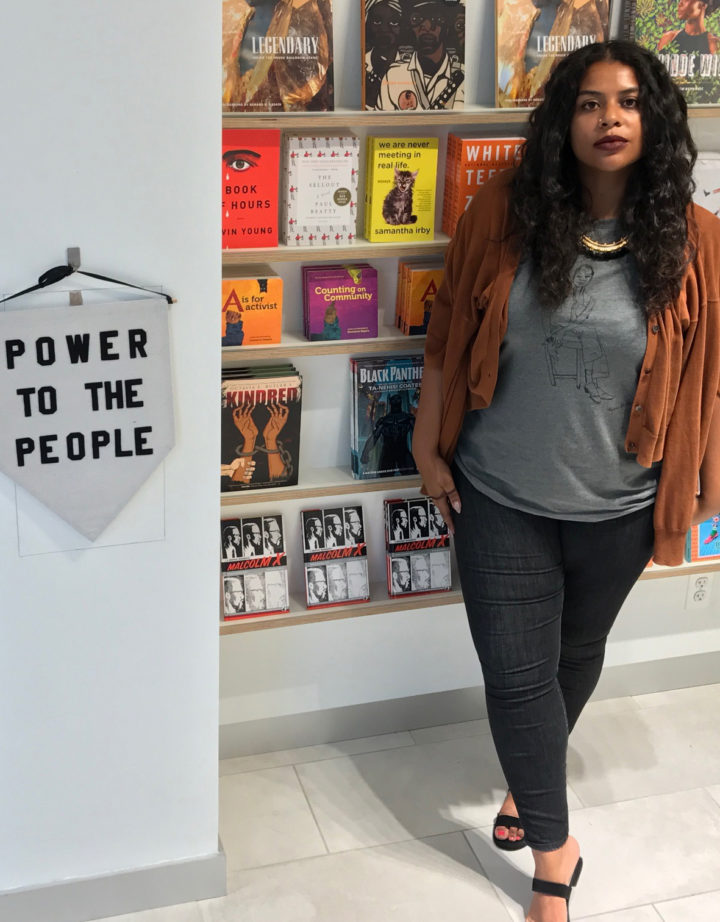Writer and Pushcart Prize–nominated poet Rio Cortez recently released her first picture book, The ABC’s of Black History. The book celebrates the Black experience, prominent Black figures and how Black history has shaped American culture, all through poetic text and vibrant illustrations that kids can follow with ease. To honor Black History Month, we asked Rio to select her favorite children’s books that follow Black history in its own ways, whether from the viewpoint of a young girl in the 1930’s to the metaphoric Blackbird of the forest. Peep her picks below to create a more diverse library for both you and your child to enjoy.

The ABC’s of Black History: This is my first picture book and poem in verse that weaves through some of the joys, movements, and stories in Black history that inspire me most. It is vibrantly and beautifully illustrated and brought to life by debut illustrator Lauren Semmer. My hope is that young readers feel curiosity and pride when they read this book, which is a book I wrote for my daughter and for myself as a young reader, thinking about all of the incredible Black history moments that I missed out on in the classroom. I hope it is a launchpad and a spark. Black history is so crucial to understanding the world around us right now, we are our history, as James Baldwin says.
Tar Beach: This is my favorite picture book of all time. It is authored and illustrated by the legendary multi-disciplinary artist Faith Ringgold. It tells the story of an eight year old girl, laying on the 1939 rooftop of her building while her parents and their neighbors play cards. She can also fly. She flies above her apartment building, above all the places she knows, her father’s union job, the glittering George Washington Bridge, and in doing so is empowered and becomes the master of her world. It is a dazzling illustrative wonder, a text perfectly anchored in the honesty and easy poetry of a child’s voice, and an ode to New York City.
The Undefeated: This is one of my favorite picture books about Black history. It is created by a knockout duo (no pun intended), written by Kwame Alexander and illustrated by Kadir Nelson. It is a poem in language and art, both. When I first read it, my heart stopped when I encountered a single un-illustrated page, left blank as a tribute. It cannot be explained! It must be experienced in the turning of these pages! A true classic.
How Mamas Love Their Babies: This is a ground-breaking picture book that was released by the Feminist Press. I love the work of visual artist Elise Peterson, this is her children’s book debut and the art is stunning. It’s authored by Juniper Fitzgerald and elegantly shows all the ways mamas love their babies through work. It is the first picture book to feature a sex-worker parent and challenges a lot of ideas about the work a good parent, a mother, is meant to do.
Beautiful Blackbird: Author and illustrator Ashley Bryan is such a gemstone. I could easily rattle off his entire picture book catalog for this list. This one is close to my heart. Beautiful Blackbird is Ashley Bryan’s adaptation of a tale from the Ila-speaking people of Zambia. It tells the story of Blackbird, the most beautiful bird in the forest. All the other-colored birds beg for Blackbird to paint their feathers black so that they can be beautiful too, Blackbird tells them that beauty comes from within, but also touches them with tiny marks of shimmering blackness, a ring on the neck, a dot on the wing. The story is cradled in Bryan’s unbelievable cut-paper art. It is definitely in my daughter’s bedtime rotation.
Another: This is a wordless picture book illustrated by highly acclaimed and award-winning illustrator Christian Robinson. The pictures tell the story of a dreamy journey taken by a young Black girl and her cat when a portal of light appears in her room, through which, an identical little girl and cat appear, except the cat has a collar of a different color. They go through the entire day together, encountering fun things and adventures. As the night comes to a close the other little girl disappears back through the portal, she leaves behind a blue mouse, suggesting that maybe their journey wasn’t a dream after all. In its wordlessness, it can be fun for young readers to point out differences on the page. It is just so imaginative and cool.




